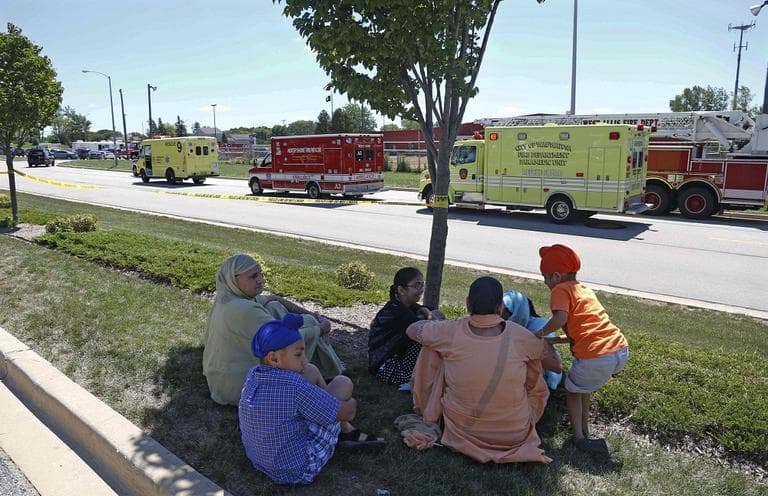Advertisement
Getting The 4-1-1 On 9-1-1 Emergency Response
Resume
The fire chief in Oak Creek, Wisc. is praising his crews for their response to Sunday's shooting at the Sikh temple that claimed six lives. More than 60 paramedics and EMTs rushed to the scene in 22 fire trucks and ambulances, and several other units were standing by.
But that was during the day.
The Aurora, Colo. theater shooting took place at midnight last month. And while police were on the scene within minutes, some ambulances remained idle, and police were begging dispatchers for more units.
Scot Phelps, a professor of disaster science at the Emergency Management Academy, says the ambulance system in the U.S. is a public policy disaster.
Phelps says much of the country depends on a patchwork system holding ambulance services together, and many cities are failing when it comes to ambulance services.
For example, in Philadelphia, there are so few ambulances that police end up transporting as many as a third of shooting victims to the hospital in their squad cars.
And in Detroit, last New Year's Eve an ambulance broke down in the middle of a gun battle.
Part of the problem is that communities are relying on a whole array of medical response services: privately-owned ambulances, publicly-owned ambulances and, increasingly, paramedics who arrive on the scene in fire trucks instead of in more costly ambulances. And coordinating all of these different response teams is difficult.
Phelps says fire departments should dedicate more of their resources to medical response rather than fire suppression, since they're spending more of their time on medical emergencies.
Phelps also believes ambulances should be reimbursed for the real cost of care they provide, instead of just for transporting a patient to the hospital.
Guest:
- Scot Phelps, professor of disaster science at the Emergency Management Academy
This segment aired on August 7, 2012.